Statistics from the Customs Department show that in the first half of July 2025, Vietnam's pangasius exports reached nearly 94 million USD, up 11% over the same period last year. Cumulative exports as of July 15, 2025 reached more than 1.1 billion USD, up 11% over the same period in 2024. Some markets have impressive growth rates such as: Brazil increased by 73%, Malaysia increased by 33%, Thailand increased by 32%, the US increased by 12%, showing demand recovery in some regions.
However, according to the Vietnam Association of Seafood Exporters and Producers (VASEP), pangasius exports still face many challenges. Of which, exports to Colombia decreased by 10%, while exports to Germany and Saudi Arabia decreased by nearly 20% and 15.1%, respectively. At the same time, risks from macro factors such as trade conflicts, inflation, exchange rate fluctuations and tariff policies, especially the US considering imposing additional tariffs on many partners, are causing the pangasius industry to face a new cycle of fluctuations.
In that context, the question "Does the domestic market have enough potential to become a fulcrum?" is increasingly of interest.
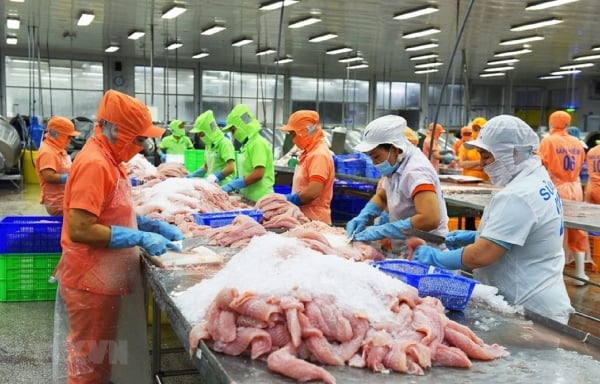
According to VASEP analysis, in reality, the domestic market is still quite modest, only about 5-7% of total pangasius production is consumed in the domestic market. Most of the pangasius is raised and processed by enterprises for export, while domestic consumption is mainly whole pangasius products, pre-processed fillets with simple forms and little investment in packaging and branding.
This is largely due to uneven consumer awareness, and consumer habits that prioritize traditional fish such as snakehead fish, carp, and perch over industrially farmed pangasius. In addition, domestic prices are often 30-40% lower than export prices, making few businesses interested in domestic distribution channels.
However, lessons from countries in the region show that domestic production should not be a “backup plan” but can be a pillar of stability, if developed in the right direction. In Thailand, a country with a developed tilapia farming industry, about 60% of production is consumed domestically, thanks to the government including fish in food rations in schools, hospitals, the military and public facilities. And in India, with a population of 1.4 billion, freshwater fish is the main source of protein, helping to maintain stable production even when exports stagnate.
Vietnam – with a population of nearly 100 million people, a steadily increasing standard of living and a growing trend of clean and convenient eating – has the potential to become a strategic consumer market for pangasius.
But to do that, according to VASEP, the pangasius industry needs to overcome many barriers: from consumer psychology, cooking habits, to distribution systems, packaging, communication and product identification.
Some large enterprises have experimented with diversifying deeply processed products such as fish cakes, fish balls, and packaged fish noodles, targeting young consumers, students, workers, and collective kitchens.
However, for domestic consumption to truly become a "lifesaver", there needs to be stronger involvement from programs such as including pangasius in school nutrition programs, support packages to stimulate seafood consumption, or national media campaigns.
With unpredictable fluctuations in the export market, relying solely on foreign channels can easily put the pangasius industry in a passive position. At that time, the domestic market is no longer an option, but will be a vital factor to maintain cash flow, maintain production, protect farmers and stabilize jobs.
"The domestic market is not the only solution, but it is an indispensable part of the sustainable development strategy of the pangasius industry. It is time for Vietnam to consider the domestic market as a "real market" - not just a short-term solution when exports are facing difficulties, but a "long-term stronghold" to create resistance for the entire pangasius value chain," VASEP emphasized.
Source: https://doanhnghiepvn.vn/kinh-te/nghich-ly-nganh-ca-tra-vua-xuat-khau-nhung-lep-ve-tren-san-nha/20250818085642507








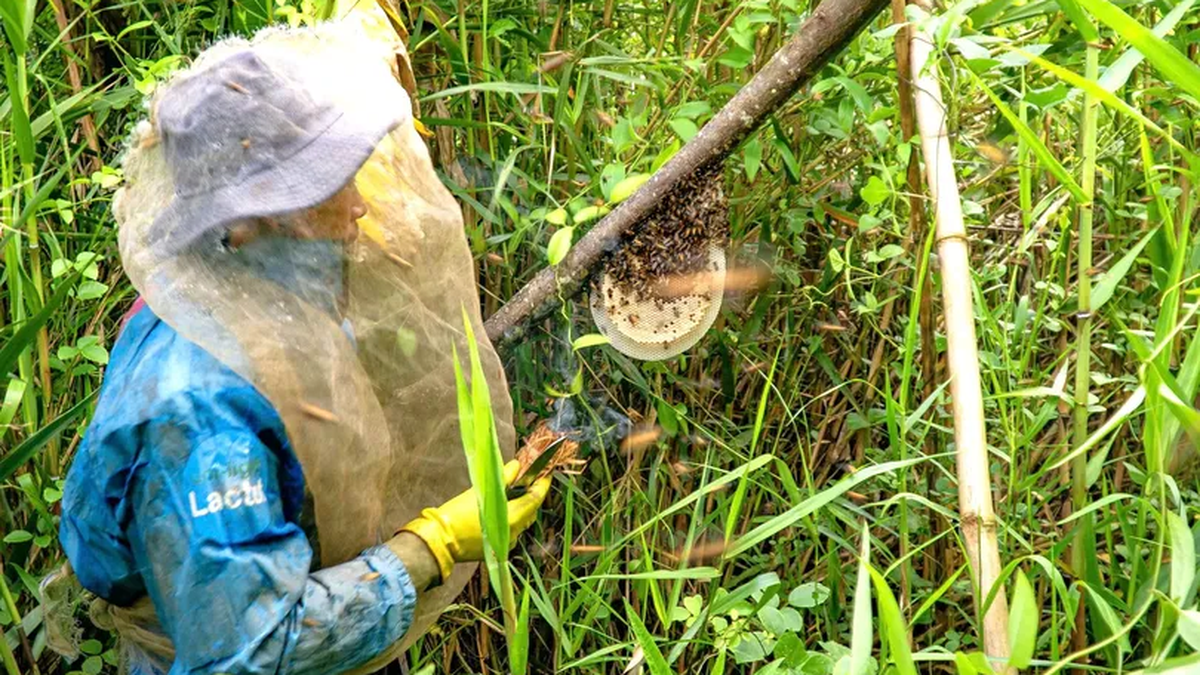

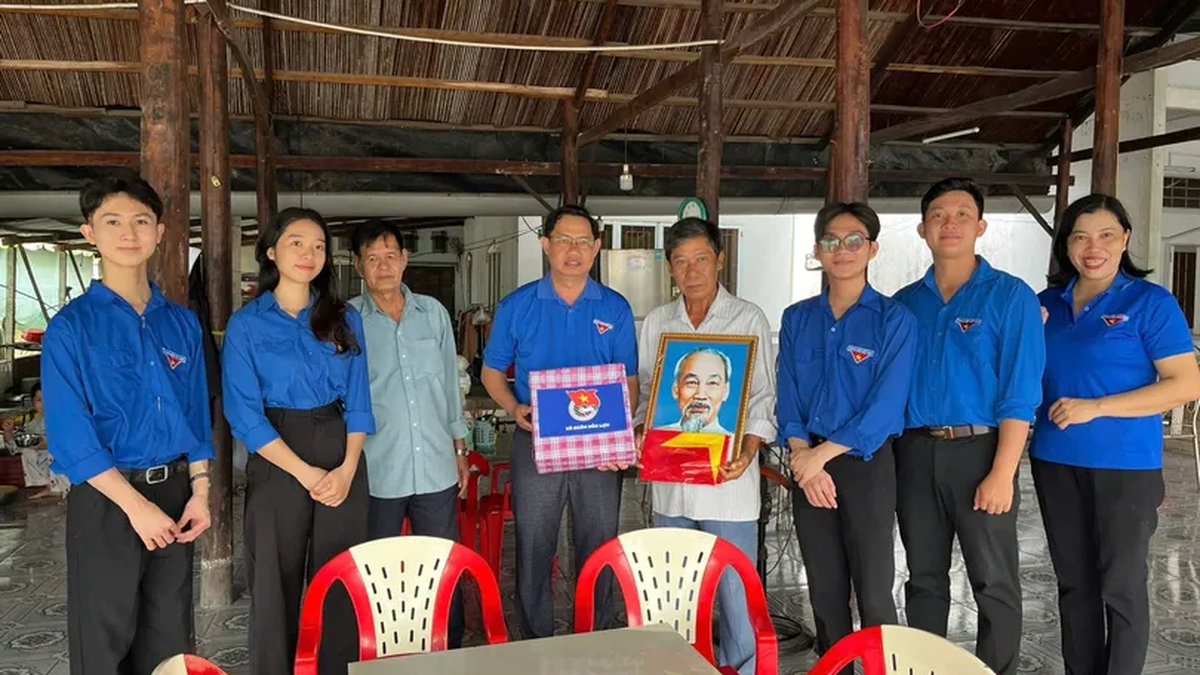











![[Photo] Close-up of the first International Financial Center building in Ho Chi Minh City](https://vphoto.vietnam.vn/thumb/1200x675/vietnam/resource/IMAGE/2025/8/19/3f06082e1b534742a13b7029b76c69b6)

![[Photo] Politburo works with the Standing Committee of Da Nang City Party Committee and Quang Ninh Provincial Party Committee](https://vphoto.vietnam.vn/thumb/1200x675/vietnam/resource/IMAGE/2025/8/19/b1678391898c4d32a05132bec02dd6e1)

![[Photo] General Secretary and Prime Minister visit the National Exhibition and Fair Center](https://vphoto.vietnam.vn/thumb/1200x675/vietnam/resource/IMAGE/2025/8/19/f4503ad032d24a90beb39eb71c2a583f)

![[Photo] General Secretary To Lam attends the inauguration and groundbreaking ceremony of 250 projects to celebrate National Day](https://vphoto.vietnam.vn/thumb/1200x675/vietnam/resource/IMAGE/2025/8/19/3aa7478438a8470e9c63f4951a16248b)
![[Photo] President Luong Cuong's wife and Queen of Bhutan visit Tran Quoc Pagoda](https://vphoto.vietnam.vn/thumb/1200x675/vietnam/resource/IMAGE/2025/8/19/62696af3852a44c8823ec52b03c3beb0)

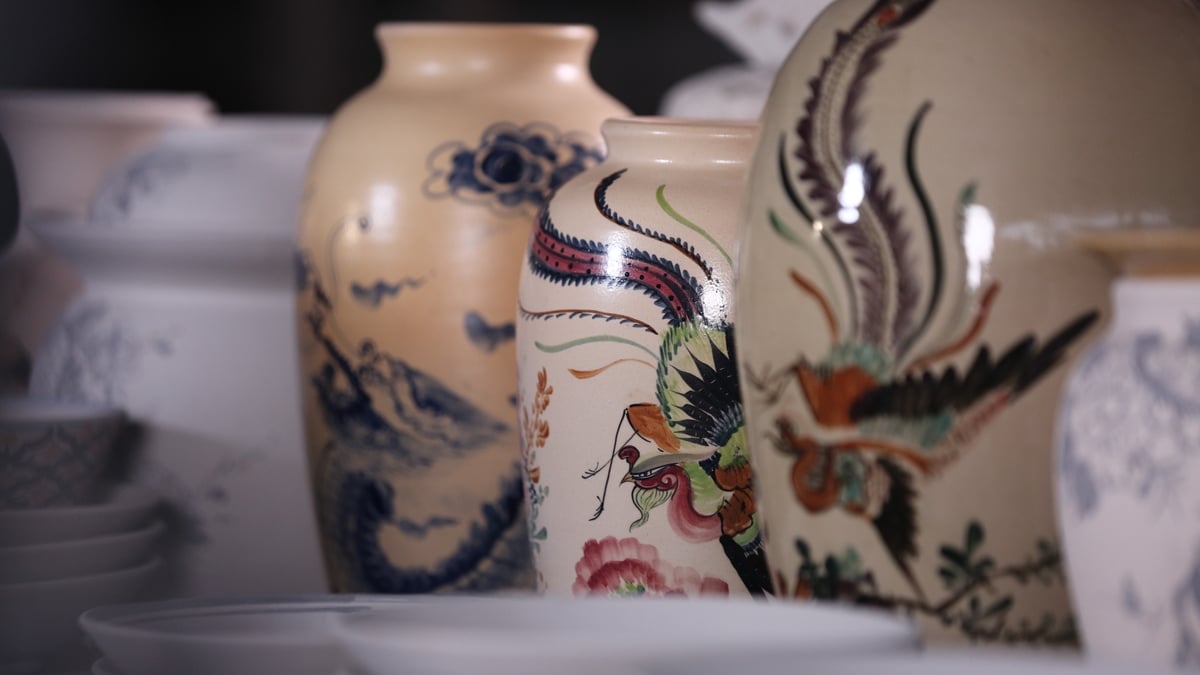










































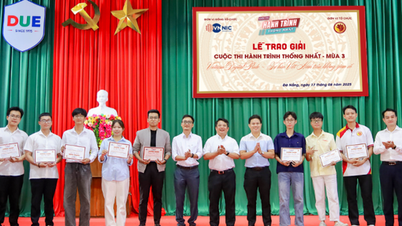


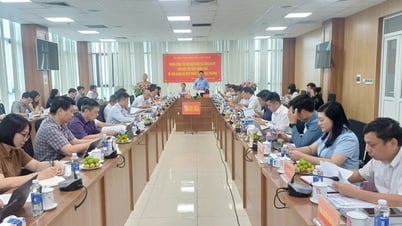







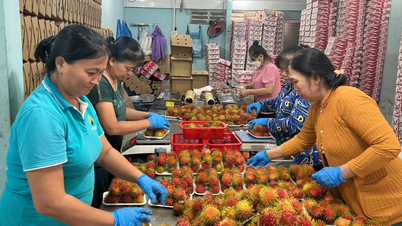














Comment (0)